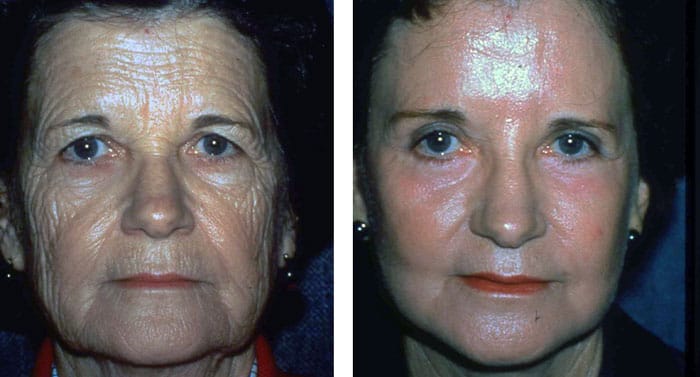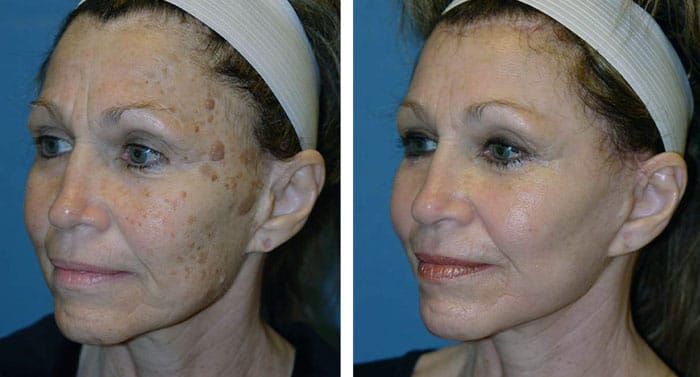Skin resurfacing refers to cosmetic procedures, such as laser therapy, chemical peels, and microdermabrasion, aimed at improving skin texture, tone, and appearance. These treatments remove damaged outer layers of skin, stimulating collagen production and revealing smoother, younger-looking skin underneath. Skin resurfacing can address concerns such as wrinkles, scars, sun damage, and uneven pigmentation. A good rule of thumb to keep in mind is that superficial treatments polish the skin, leaving behind all the underlying conditions of aging, while deeper-penetrating treatments create new skin below the surface as well.
What Is Skin Resurfacing?
Skin resurfacing is a versatile cosmetic procedure designed to improve the texture, tone, and overall appearance of the skin. It is a popular choice among individuals looking to address a range of skin concerns, including wrinkles, fine lines, sun damage, acne scars, age spots, and uneven pigmentation. The primary goal of skin resurfacing is to remove damaged outer layers of skin, encouraging the growth of fresh, healthier skin cells.
There are several methods for achieving skin resurfacing, each tailored to specific needs and preferences. Laser resurfacing, for example, employs highly focused beams of light to precisely remove damaged skin layers, while chemical peels use various acids to exfoliate the skin. Dermabrasion, on the other hand, employs a mechanical exfoliation process. The choice of method depends on factors such as the severity of skin issues, recovery time, and individual skin type. Regardless of the method chosen, skin resurfacing can lead to a more youthful, radiant complexion, boosting confidence and self-esteem in the process.

When Is Skin Resurfacing Recommended?
Skin resurfacing may be done as an isolated procedure (for example, around the lips, around the eyes, or the entire face), or it may be used as an indispensable adjunct to face lifting and eyelid plastic surgery in an overall facial rejuvenation program. We sometimes wait 3-6 months before resurfacing areas in which skin is tightened with surgery; however skin resurfacing is often performed at the same time as face lifting or blepharoplasty, thereby reducing costs and combining recovery times.
Some skins are more favorable than others; fair complexions tend to do better than dark ones. Thick, tough, more deeply etched, or oily skins may require a two-staged approach for the best results (i.e., a second peel, dermabrasion, or laser “touch up” of several areas at a later time). Like painting a roughly textured wall, deep creases may require a “touch-up.” Resurfacing alone is not indicated for the treatment of sagging tissues; although the new skin does have better elasticity, sagging skin requires surgery.
The McCollough Classification System for Skin Resurfacing
Level I
These kinds of treatment are often offered by non-surgeons, frequently in a spa or non-surgical rejuvenation setting. Patients are able to return home or to work or play immediately. Little or no healing time is required. Level I treatments tend to “polish” the skin for a few weeks but have essentially no long-term benefits. Treatments range from $100-$250.
Level II
These skin resurfacing procedures are generally offered by facial plastic surgeons and dermatologists. Additional layers of damaged and wrinkled skin are removed with these deeper (dermis-level) treatments. Healing time generally requires about a week. Level II procedures are generally recommended for patients less than fifty years old and/or those with minimal to moderate sun damage and wrinkling. Treatments range from $750-$950 per facial region ($2,900-$3,700 for the entire face).
Level III
These procedures should be performed by facial plastic surgeons and/or surgically-oriented dermatologists. Level III resurfacing procedures are the most effective methods of removing severely sun-damaged, blotchy skin and deeper wrinkles. Healing time is longer – generally two to three weeks – however, results are long-lasting and dramatic. Treatments range from $950-$1,225 per facial region (i.e., around the mouth and chin or around the eyes – upper and lower eyelids). Full facial treatments range from $3,900-$4,900.
Skin Resurfacing
Before & Afters
*Each patient is unique, and individual results may vary.
Postoperative Care After Skin Resurfacing
Postoperative care is extremely important in obtaining the best result. We will give you instructions to assist you in caring for your new skin. Your “new” skin will be much like the skin of a newborn baby in that it will initially be sensitive to irritants. It takes time for your new baby-like skin to toughen and be able to tolerate direct sun, wind exposure, and certain skin care products. Because it is “new” skin, the texture and color will be somewhat different from that which has not been resurfaced. Makeup can generally camouflage any contrast.
Continued care of your new skin is important to help maintain what has been done with resurfacing. A good skin care program overseen by a trained medical aesthetician is recommended. Some degree of swelling follows any surgical procedure. The swelling is due to the new tissue fluids brought into the area by the body to promote healing. The increased blood supply to the region is responsible for the pink color of the skin and is some of the “discoloration” associated with surgery, particularly with chemical peeling.

Voices of Transformation
Schedule Your Consultation
The McCollough Skin Center & Total Health Spa is your trusted destination for achieving a comprehensive transformation of your appearance and overall wellness. Our commitment to enhancing and rejuvenating the face, body, mind, and spirit has earned us the reputation of being “The Fountain of Youth.” Dr. McCollough, a double board-certified facial plastic surgeon, is committed to helping you look and feel your best. Contact us today to schedule your consultation and take the first step toward revitalizing your beauty and well-being.






